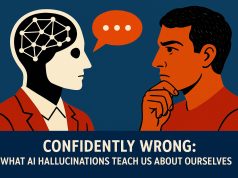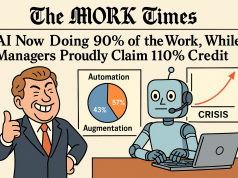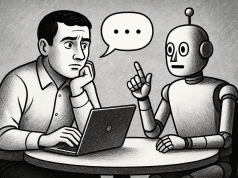In an era where the world of work is in constant flux, professionals are discovering that their educational qualifications—the degrees and certificates that once served as their passport to career opportunities—are no longer a one-time ticket to sustained employment and career growth. The reality of the 21st-century job market is that industries and roles are routinely reshaped by the forces of technology and globalization. This constant change places a premium on continuous learning and professional development, and those who fail to adapt may find their skills, and consequently their career prospects, languishing in a perennial game of catch-up.
The New York Times readership, known for its intellectual curiosity and pursuit of knowledge, is acutely aware of these market shifts. This demographic understands the imperative of lifelong learning and the need for constant skill renewal. For graduates and young professionals looking to make their mark, the question is no longer if they should engage in ongoing learning, but how.
Why Continuous Learning is Essential
The accelerating pace of technological innovation means that ‘job for life’ is an outdated concept. New tech can render old practices (and the jobs that depended on them) obsolete. Moreover, as the gig economy and remote work cultures develop, the skills needed to navigate these new work environments are crucial. Continuous learning is the key to staying relevant, adaptable, and competitive.
For businesses, investing in the upskilling of their workforce is not just beneficial; it’s essential for survival. Firms that provide continuous learning opportunities are more likely to retain top talent, enhance employee satisfaction, and foster a culture of innovation and agility.
Individuals who embrace lifelong learning position themselves for promotions, new job opportunities, and career longevity. They’re not just passive recipients of knowledge; they’re active participants in their professional development.
Successful Models of Professional Development
The blog can highlight case studies of successful professional development programs from leading companies. For example, Google’s ‘Grow with Google’ initiative offers free training and tools to help people grow their skills, careers, or businesses. Likewise, AT&T’s multi-year ‘Future Ready’ upskilling effort provides a blueprint for how large corporations can reskill their workforce effectively.
How to Integrate Learning into Your Life
Busy schedules are often cited as a barrier to continuous learning. Yet, professionals can integrate learning into their lives through online courses, podcasts, webinars, and even social media channels that offer byte-sized information. The key is to prioritize learning as a non-negotiable aspect of professional life, akin to networking or performance evaluations.
The Benefits for Organizations
When employees are learning, they’re growing, and this growth fuels innovation within the organization. The exchange of fresh ideas and the application of new skills can lead to more efficient processes, better customer solutions, and ultimately, an enhanced bottom line.
Reflection Points
The article will encourage readers to reflect on critical questions such as how their current or potential employers support professional development, the most effective ways to fit learning into their lifestyles, and how their commitment to continuous learning can contribute to both personal career success and the wider health and advancement of their organizations.
In conclusion, as the adage goes, the only constant in life is change. In the workplace, this change is manifesting through an unrelenting series of shifts in skill requirements. Continuous learning is no longer a luxury; it’s a necessity for those wishing to stay ahead in their careers. Just as The New York Times is a beacon of knowledge for its readers, professionals must seek to become beacons of evolving expertise in their chosen fields.




























